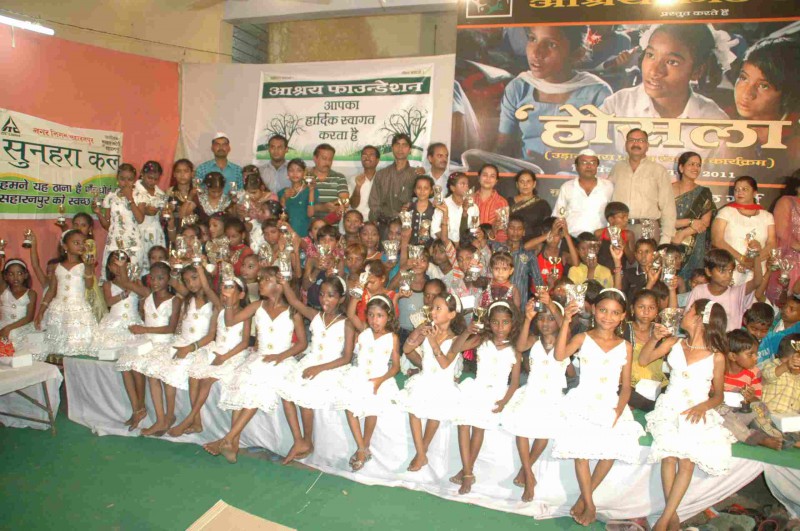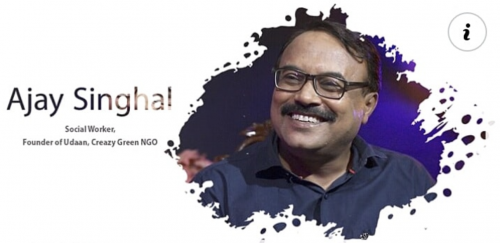Our Promise
THE AMAZING CHICKPEA SUPPORTS:
CRAZY GREEN SOCIETY
Crazy Green Society is an organization based in Saharanpur, India (The Amazing Chickpea’s founder, Sunil’s, hometown) which is organized to help society, to help Nature and to help the Nation. Its members want to work for education, for medical facilities and for the environment. Over the last five years they started project UDAAN, in which they searched a society of rag pickers in Saharanpur and learned about the reasons why the children didn’t go to school. After one month study of their lifestyle and about their free time they designed a program to educate them and make schooling a possibility. The below information is from their website.
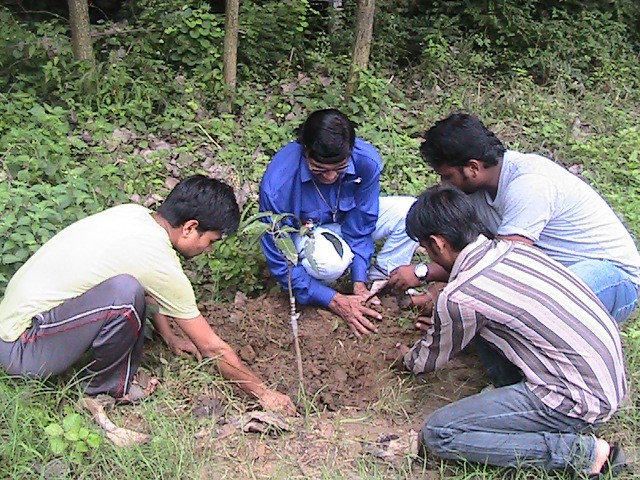
THE PROBLEM
Scrap picking and selling – this is the only thing life revolves around for many children of Saharanpur. In the morning when other children go to school, these children go to pick scrap lying on the streets. By selling this scrap a 6-7 year old child earns about 70-100 rupees per day. This amount of money is just enough for them to spend their life eating, fighting and roaming the streets. In their eyes, they’re earning money without being educated, so education isn’t a necessity. Going to school is wasting time that they could be using to earn a living. Their parents also don’t want to send them to school when they could be earning money for their families.
THE SOLUTION
Our solution is not only to teach the children the benefit of education, but also to create the need for it in their lives. The first thing we did was to convince the elders of the society that schools are beneficial to their children. Then we decided to create evening classes to avoid interfering with their current work schedules. Another decision we made was to school them near their homes, to minimize travel time and make education more accessible. The next big challenge was to keep them coming back – these children didn’t know anything. Their IQ levels were very low. They used to quarrel and abuse each other even in front of us. They didn’t have basic hygiene skills, like bathing and daily teeth brushing. In the beginning it was difficult for us to get them to listen to us. But, gradually implementing daily something new and interesting in the classes, we were able to tackle all of these initial challenges. They started coming daily and listening to us carefully.
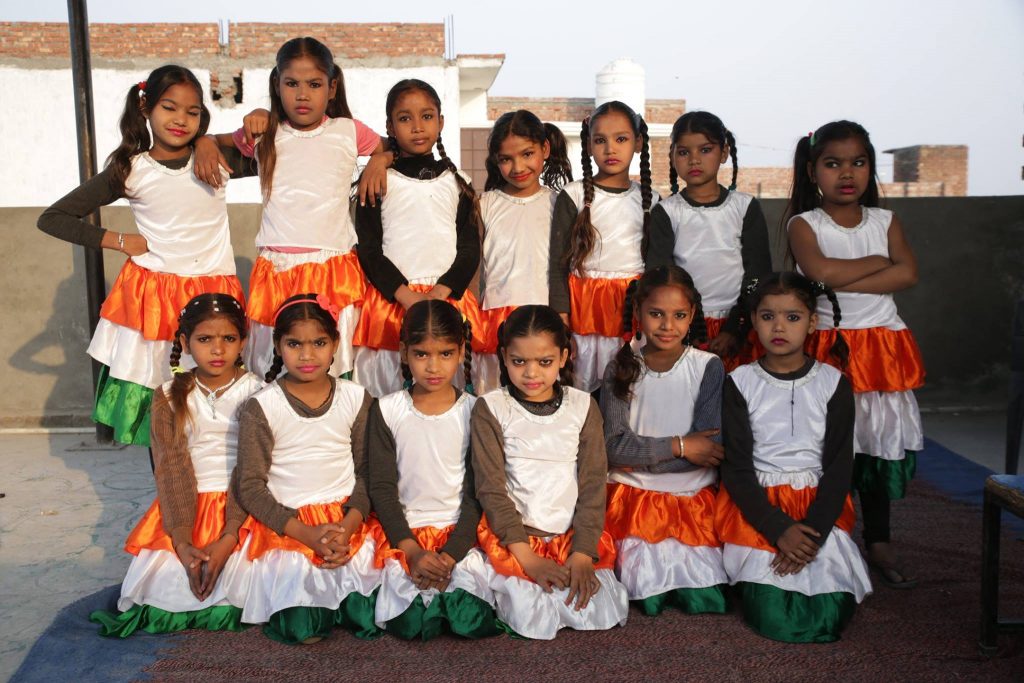
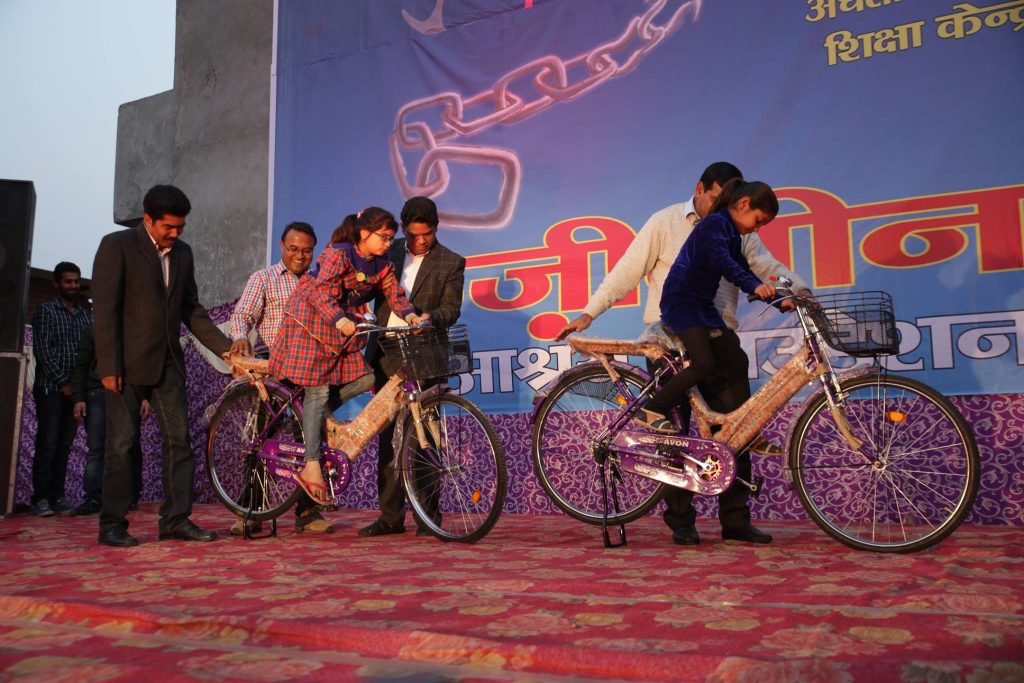
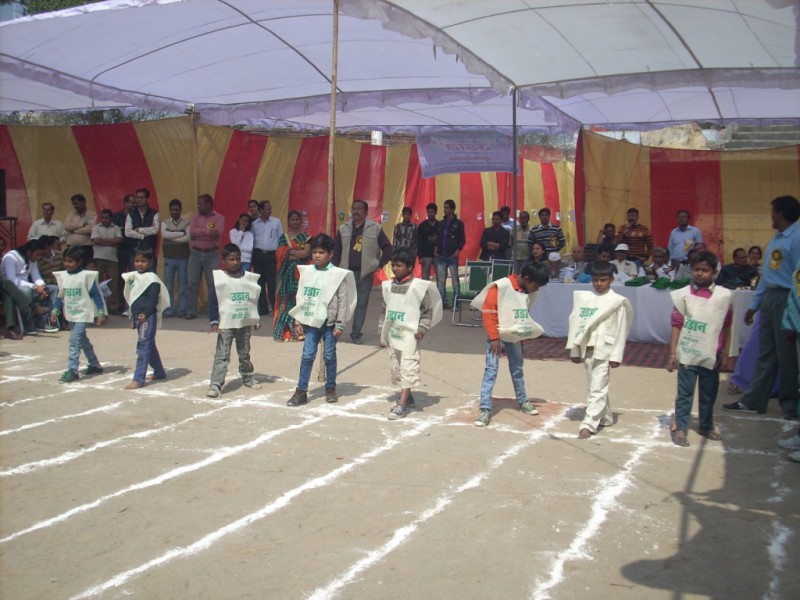
THE MODEL
Our model is first to make the classes interesting to the children, which kept them coming back. The next step is to sync their learning with their life so that eventually they will know the importance of education in their lives and make school a priority.
Traditional methods of teaching didn’t capture the attention of the children, so instead we use methods like stories, games, drawing, dance, and music. All of the methods we use mainly emphasize their involvement. For example, while telling a story we make different roles and involve children to play those roles; then ask questions from the stories, which helps them to stay curious. We arrange small competitions and award the best performances. To give them exposure we invite other people to celebrate the children’s birthdays with them. We go to small trips like visiting malls. We tell them about personal hygiene in order to avoid diseases such as fever and cholera.
After completing the teaching course, we have a plan to give them some technical training that can help them to start their own profession in the future.
INNOVATIVE IDEAS AT EVERY STEP
The biggest challenge is not only to teach them, but to create the need for education in their lives while making it sustainable and helpful to them. To create interest in schooling, we used many innovative ideas such as:
- Prize for students whose attendance is almost 100% each month
- Two days reserved for drawing and coloring, and one day as a fun day
- Teaching indoor games like LUDO/CARROM/CHESS
- We allow them to be loud and make noise, which is enjoyable for the kids
- Involving paper crafts and small creations like clay toys
- Story telling, making faces, small gifts and efforts of members has helped a lot
THE IMPACT
About 160 children of the society have been impacted by this project. Due to their unhygienic life style they used to face ignorance of other people but now this does not happen to them. Their parents and the head of the society have also appreciated us by saying that we have changed the face of the society completely.
As of now the results of our initiative are as follows:
- Sstudents come to the classes regularly.
- They have started cleaning their teeth and bathing daily.
- They now ask questions in class.
- They don’t quarrel with each other.
- Their parents told us that at home they also live well.
- They help their brother and sisters.
- Many children have started teaching their parents and elder brothers and sisters what they’ve learned.
- The head of the society told us that Udaan changed the environment of whole society.
- Other groups have starting calling Udaan children in activities like dance competitions, drawing competitions etc.
Projected impact over the next 1-3 years
The society in which Udaan is currently being run has about four hundred children. Due to our limitation of space and funds, to start off the project we had taken only about 160 children based on age criteria. Our next milestone is to first take all the students from the current society. And, after that we want to target other similar slum areas of Saharanpur. There are four such societies in Saharanpur itself. Four societies mean about 1000 children. So, our goal in the next 1-3 years we will be set up to accommodate all thousand children of the city.
Our next step would be to give some technical training that can help children to start their own profession in future.

